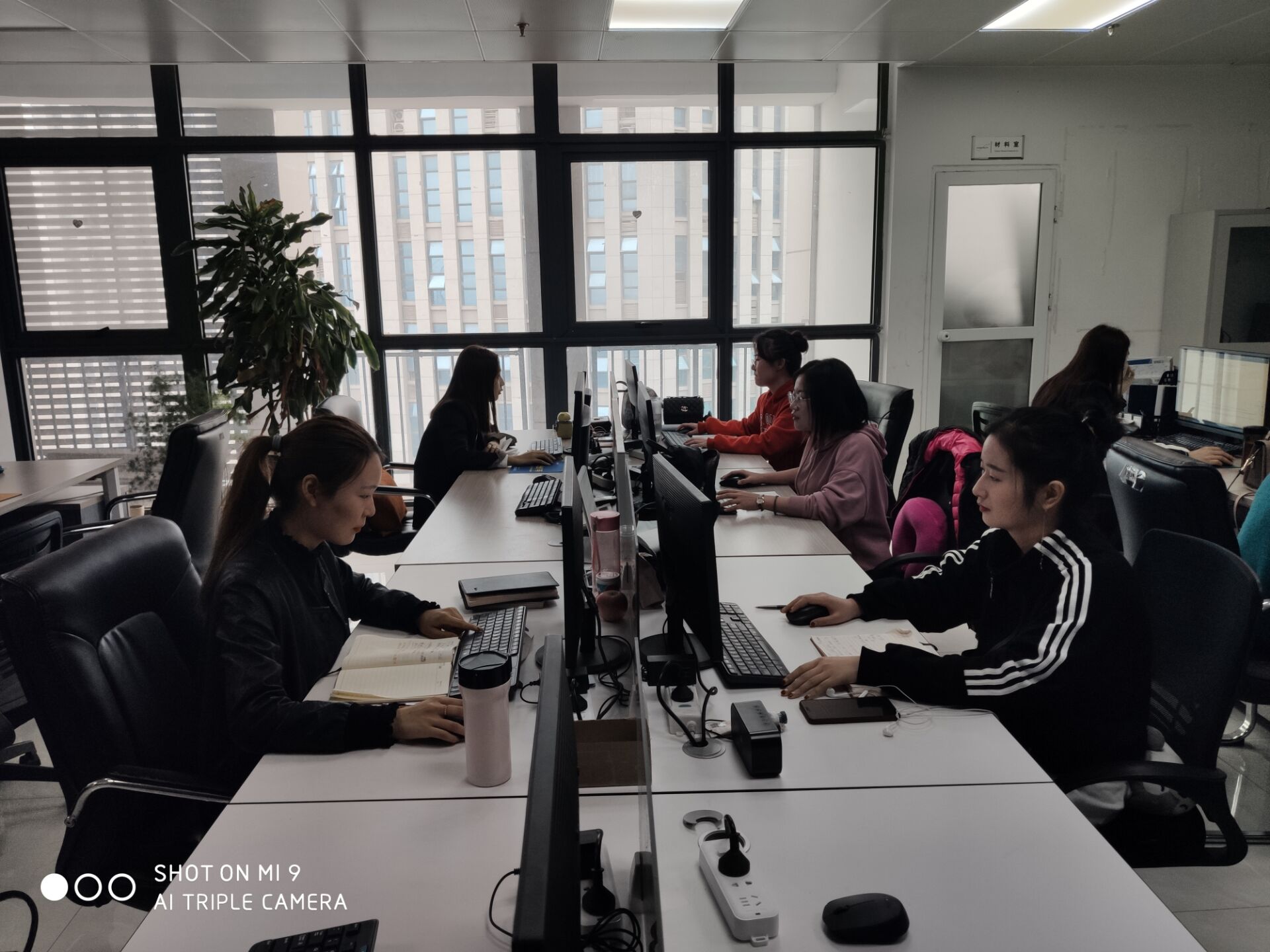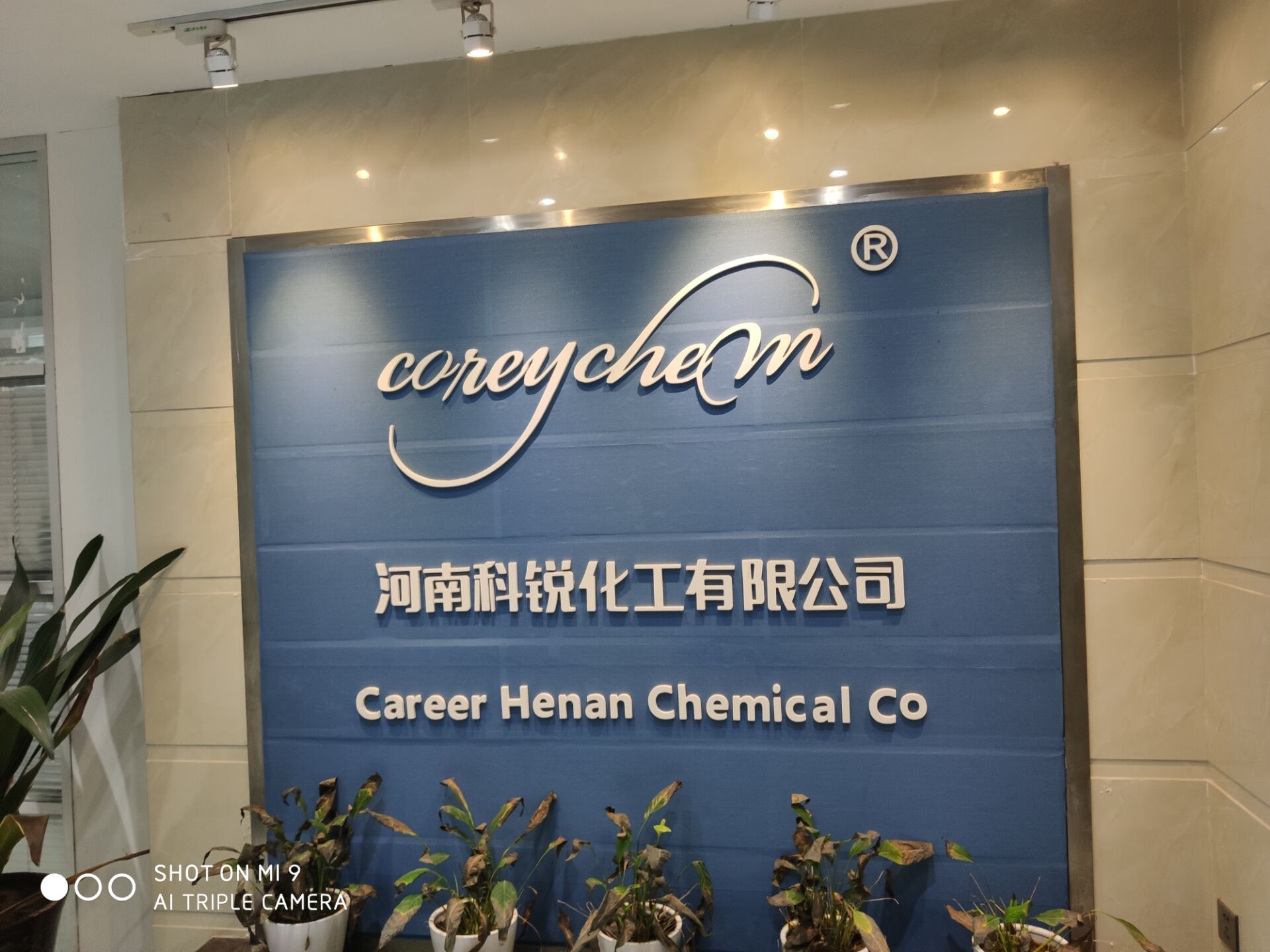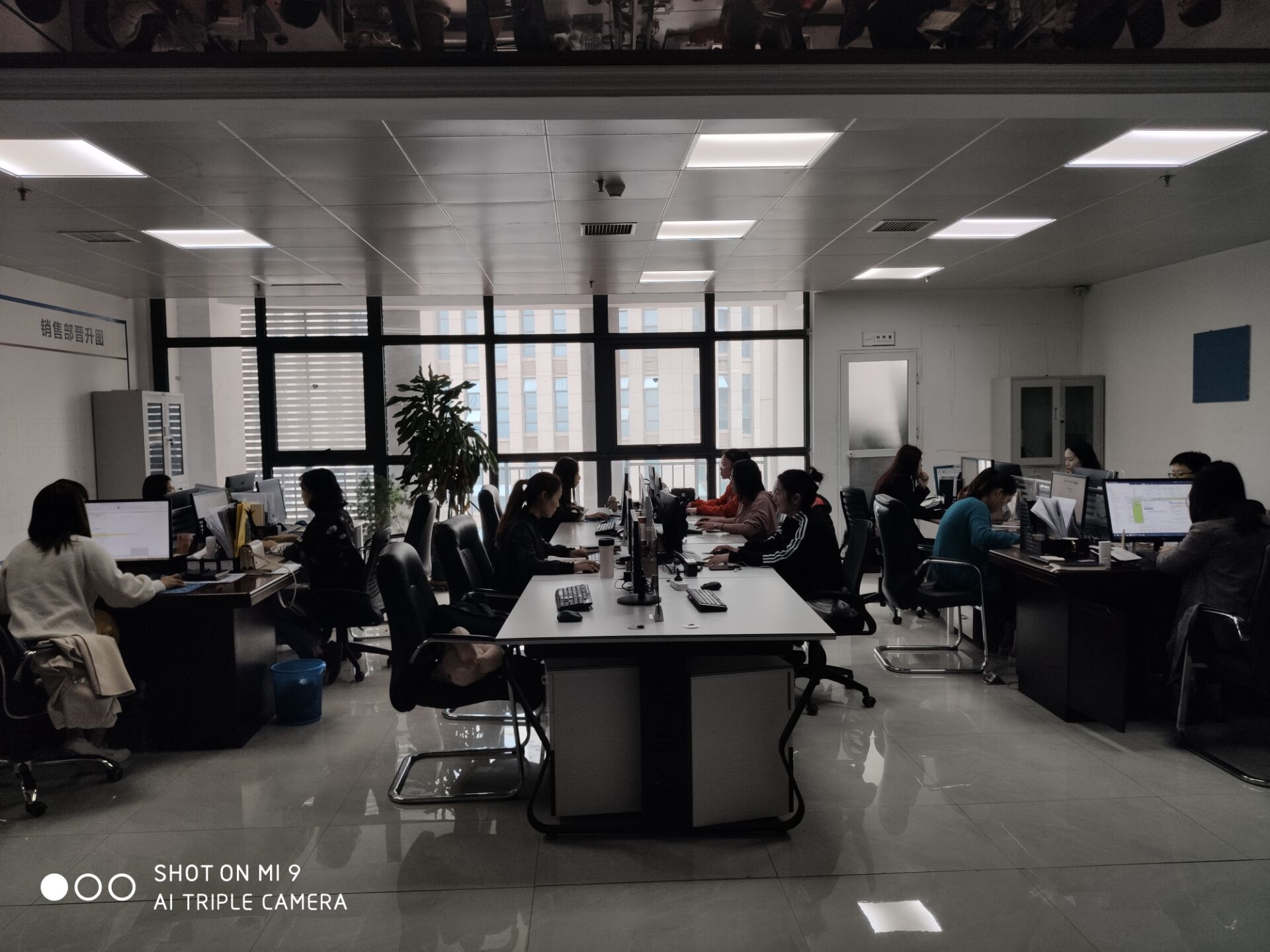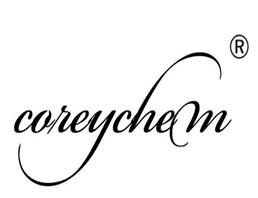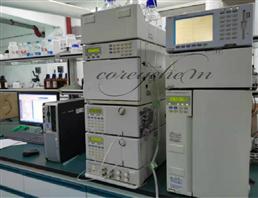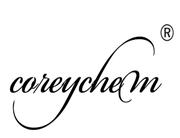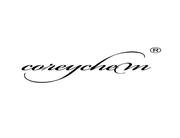Product Name: butyl rubber
Synonyms: Exxon Butyl Rubber;1,3-Butadiene,2-methyl-,polymerwith2-methyl-1-propene;POLY(ISOBUTYLENE-CO-ISOPRENE);LANXESS BUTYL 100;3-butadiene,2-methyl-polymerwith2-methyl-1-propene;Butylrubber;LANXESS BUTYL 101-3;LANXESS BUTYL 301
CAS: 9010-85-9
MF: (C5H8)x.(C4H8)x
MW: 0
EINECS:
Product Categories: Polymers
Mol File: Mol File
butyl rubber Structure
butyl rubber Chemical Properties
EPA Substance Registry System 1,3-Butadiene, 2-methyl-, polymer with 2-methyl-1-propene (9010-85-9)
Safety Information
Risk Statements 10
Safety Statements 16
MSDS Information
butyl rubber Usage And Synthesis
Description A synthetic copolymer containing from 0.5 to 2.0 molar percent of isoprene, the remainder, respectively, consisting of isobutylene. It is prepared by copolymerization of isobutylene and isoprene in methyl chloride solution, using aluminum chloride as the catalyst. After completion of polymerization, the rubber particles aretreated with hot water containing a suitable food-grade deagglomerating agent, such as stearic acid. Finally, the coagulum is dried to remove residual volatiles.
Chemical Properties Viscosity controlling agent.
Chemical Properties Butyl rubber has the chemical resistance characteristic of saturated hydrocarbons. Oxidative degradation is slow, and the rubber may be further protected by incorporating antioxidants. Isobutylene is the major component of bulk rubber. It provides good aging resistance and low gas permeability. Isoprene, a minor component, enhances vulcanizability.
Uses Food additive.
Production Methods The bulk of butyl rubber is made by a slurry process using aluminum chloride at 98–99°C and methyl chloride as a diluent. The extremely rapid reaction is unique, and proceeds via cationic polymerization to completion at 100°C in less than a second. Butyl rubber may be vulcanized by three basic methods: accelerated sulfur vulcanization, cross-linking with dioxime and related dinitroso compounds, and polymethylol– phenol resin cure. Halogenated butyl rubber allows broadened vulcanization latitude and rate, and enhanced covulcanization to general-purpose elastomers while it maintains the unique attributes of the basic butyl molecule.
Industrial uses Butyl rubbers have outstanding impermeabilityto gases and excellent oxidation andozone resistance. The chemical inertness is furtherreflected in lack of molecular-weightbreakdown during processing, thus permittingthe use of hot-mixing techniques for betterpolymer/filler interaction.

 China
China
